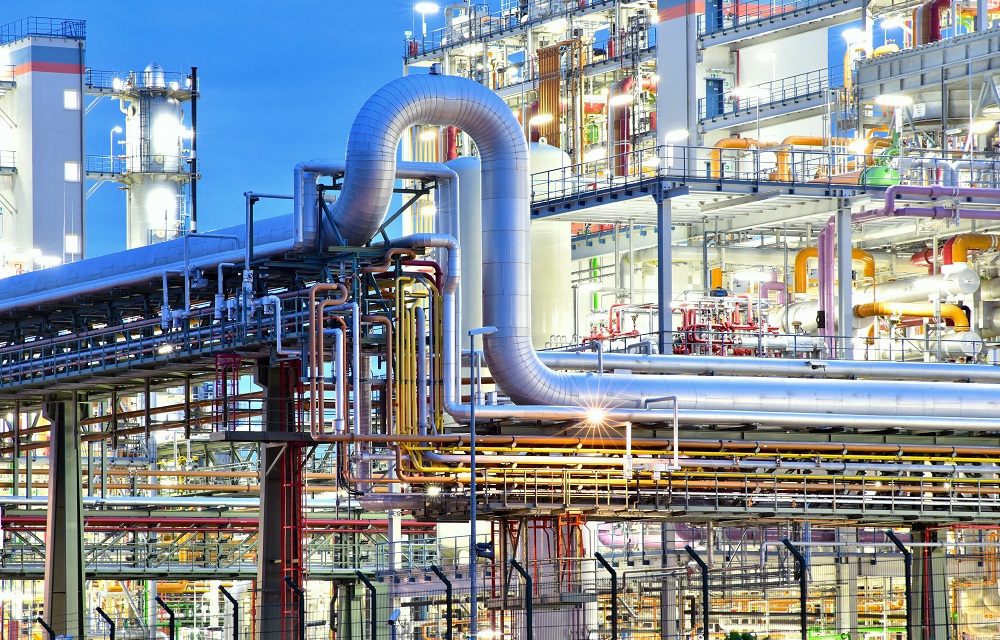Pipelines are essential for the transportation of oil, gas, and other fluids over long distances. The construction of a pipeline involves several steps, from planning and design to excavation and installation. In this blog, we will discuss the steps involved in pipeline construction.
- Planning and Design: The first step in pipeline construction is planning and design. The pipeline route is determined, taking into account the topography of the area, environmental considerations, and any regulatory requirements. The pipeline diameter and material are also chosen during this phase.
- Land Acquisition: Once the pipeline route has been determined, the land needed for the pipeline is acquired through either purchase or easement. This includes negotiating with landowners, obtaining permits and rights-of-way, and addressing any environmental concerns.
- Clearing and Grading: Before the pipeline can be installed, the land needs to be cleared of any vegetation and graded to provide a level surface for construction. This involves removing trees, brush, and other obstacles.
- Trenching: The next step is digging the trench for the pipeline. This involves using heavy machinery to excavate a trench along the pipeline route. The trench is typically several feet deep and wide enough to accommodate the pipeline and any necessary equipment.
- Pipe Installation: Once the trench is complete, the pipeline is installed. This involves laying the pipeline into the trench and welding the sections together. The pipeline is then lowered into the trench and secured in place.
- Backfilling: After the pipeline has been installed, the trench is backfilled with soil. This provides support for the pipeline and helps to protect it from damage.
- Testing: Once the pipeline has been installed, it is tested to ensure that it is functioning properly. This involves testing the pipeline for leaks, pressure, and flow.
- Restoration: The final step in pipeline construction is restoration. This involves restoring the land to its original state, including replanting vegetation, regrading the land, and repairing any damage caused by construction.
In conclusion, building pipelines involves several steps, including planning and design, land acquisition, clearing and grading, trenching, pipe installation, backfilling, testing, and restoration. These steps ensure that the pipeline is installed properly and functions safely and efficiently.

